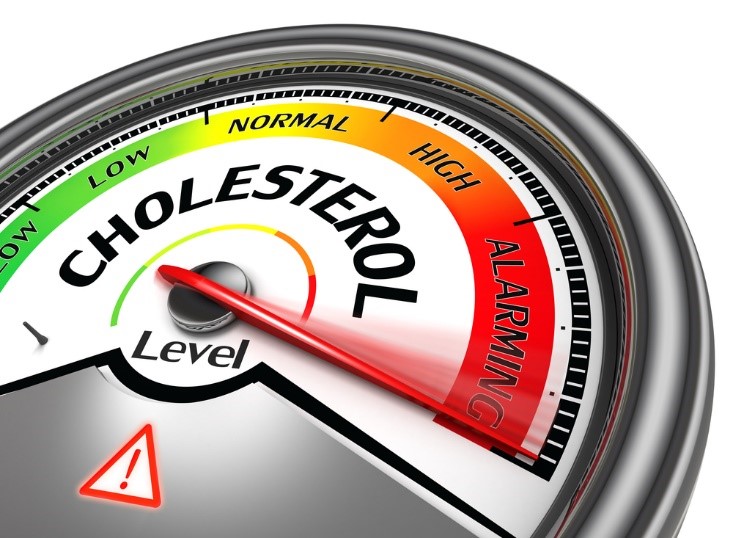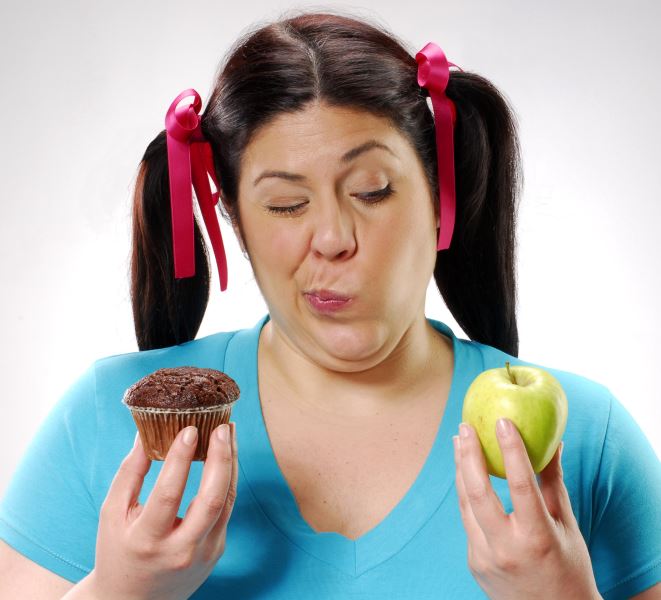What’s Your Ideal Heart Rate?

Before you determine your ideal heart rate, it is important to know about it. The heart rate is the number of times your heart beats or contracts per minute. It is expressed as beats per minute (BPM). But, why does the heartbeat? The human heart is a pump that is comprised of four chambers – two upper chambers or atria and two lower chambers or ventricles. It is mechanical by an electric system that sets the onset of regular rhythm. It is these pulses that keep the heart pumping blood, making arteries supply oxygenated clean blood to all parts of the body and veins to bring back the impure blood to the heart.
What is a normal heart rate?
On an average, a human heart beats around 70 to 90 times per minute. However, it can vary in different situations and according to many prevailing factors like age and medical condition as well. For e.g. heartbeat can go up fast during a workout, as the heart puts in an extra effort to deliver necessary blood flow to the body’s muscles to support the activity. Also, the heart rate tolerance is specific to each individual, such as sportsmen have a lower basal heart rate as compared to individuals who’re less engaged in sporty activities.
Your heart rate is an important indicator of your heart’s health and is generally measured by doctors to help in the diagnosis of a broad range of heart-related diseases and conditions. The measurement also aids in determining your fat-burning range. This is generally 60% to 70% of your maximum heart rate (MHR).
Typically, there are two ways to measure heart rate – either when you’re at rest or when you’re engaged in a physical activity. While measuring heart rate is easy, it’s best to seek a doctor’s advice before you measure it, especially during a workout session to know about the kind of exercises you should or shouldn’t do. Your physician will be in a better position to tell you what your target heart rate should be and if you must monitor your heart rate during a physical activity. Never take up any exercise on your own, particularly when you have or are exposed the risk of developing a cardiovascular disease.
Ideal Heart Rate at Rest
Cardiologists state that heart rate must be measured when you’re at rest rather than when you’re exercising. This is because the chances of obtaining incorrect results are higher as the heart rate fluctuates when you’re exercising or involved in a physical activity. Furthermore, the best time to gauge it is during the morning hours before you step out of the bed, as it offers a real-time picture of your heart muscle’s functioning. Don’t rely on the number in one go. Check it for a couple of days to confirm the accurate result. Record your resting heart rate and share the number with your doctor.
Ways to measure heart rate.
- Measure your pulse rate by keeping your index and middle finger on your lower neck, to either side of your windpipe. Once you feel your pulse, count the beats in 15 seconds. Multiply the number by 4. You will get the number of beats per minute.
- Measure the pulse at your wrist below your thumb. Use the tips of your index and middle finger to press lightly over the blood vessels on your wrist. Next, count your pulse for 10 seconds and multiply by 6 to know the number of beats per minute. Repeat 4-5 times to ensure a correct reading.
Anything between 60 to 100 bpm is considered as normal or ideal heart rate. Indeed, a lower heart rate at rest is considered better as it is an indicator of a healthy heart. It is generally associated with cardiovascular fitness and low rate of cardiac events like heart attacks. On the contrary, a high heart rate, at times, can result in an increased risk of a cardiac condition, as it puts pressure on your heart to beat faster, which can apparently impact its overall functioning.
Ideal Heart Rate during Training
Your exercise intensity depends on how fast your heart is beating during the workout. During the first few weeks of any physical training, you should aim for a speed and intensity that increases your heart rate but does not result into exceeding 70%-75% of your maximum heart rate (MHR), which is the upper limit of what your cardiovascular system can handle during physical activity. Therefore, 70-75% of your MHR should be your ideal heart rate while any workout.
You can calculate your MHR with the help of a simple formula, which is 70 % x (220 minus your age). For e.g. A 50-year old individual MHR would be 70/100 x (220– 50) which is equal to 119 bpm. After six months, you can exercise comfortably at up to 85% of your MHR.
Your heart rate will increase while exercising, however, try to keep it within certain limits by not pushing yourself too hard. Though most exercises are safe to perform, however, it is always a good idea to seek an expert’s advice. If you have or ever had a heart condition, speak to your physician and about the safest and productive exercises to avoid any adverse situation. Ask him/her to suggest you’re a target heart rate as well along with fitness goals or whether there is a need for you to monitor your heart rate during the physical activity.
Adjust Your Activity Level
If you become breathless or feel pain during any exercise, stop then and there. It indicates that you are exerting higher than what your fitness level allows. This is precisely the reason why all the trainers insist on building stamina first before taking up any heavy weight exercises.
Common Myths Related to Heart Rate
Myth 1: An irregular heart rate leads to a heart attack.
Sometimes, the heart beats in an erratic pattern i.e. either too fast or slow. This leads to palpitations, which might need medical attention. However, this is not always life-threatening. It can occur due to high stress, fever, and consumption of alcohol. So, there is nothing to worry about. Though, if the condition persists or happens too frequently, it is best to see a healthcare professional.
Myth 2: A normal heart rate means normal blood pressure.
These two cannot always be associated together. Even if you have a normal pulse rate, your blood pressure can rise or fall. On the other hand, when you exercise, both may go hand-in-hand.
A good heart rate is vital for long term-health and there are a number of ways to do so. This will help you stay at bay many heart diseases. Adopt these strategies to protect your heart:
- If you want to improve your heart rate, exercise regularly at least 30 minutes a day. You can go out for a stroll or mop the floor. Physical activities help in staying healthy and in shape.
- Switch to a healthy diet, i.e. add fruits, vegetables, and whole grains to your diet. Cut down on artificial and processed foods, smoking, and excess alcohol consumption that could lead to various heart diseases and other lifestyle-related conditions.
- Take plenty of rest, which is important for your overall health. If you are a working professional, sleeping for a minimum of 7-9 hours a day is essentially important to keep your body fit, healthy and energized.
- Manage stress in your life to stay from experiencing a heart attack.
- Detoxify your body to get rid of chemicals. Moreover, limit the junk that enters the body. When you wake up, drink a glass of lukewarm water with lemon and honey. Eat broccoli is a great way to reduce chronic inflammation.
- Don’t jump into a detoxification program right away. Go step by step and plan the entire thing in advance to avoid adverse effects on your body.
- Tea containing milk thistle improves liver function and renders a number of benefits that keep you healthy and disease-free.
- Try meditation to calm the mind and body. It is an effective way to prevent illnesses or many physical problems.
- Limit your salt intake. This will help in maintaining a healthy blood pressure level.
To conclude, a healthy heart itself safeguards you against a broad range of both mild and chronic diseases. If you’re over 50 years of age, get your heart rate checked every now and then to ascertain you’re doing well and whether you’re exposed to the risk of acquiring a related condition in the near future.













